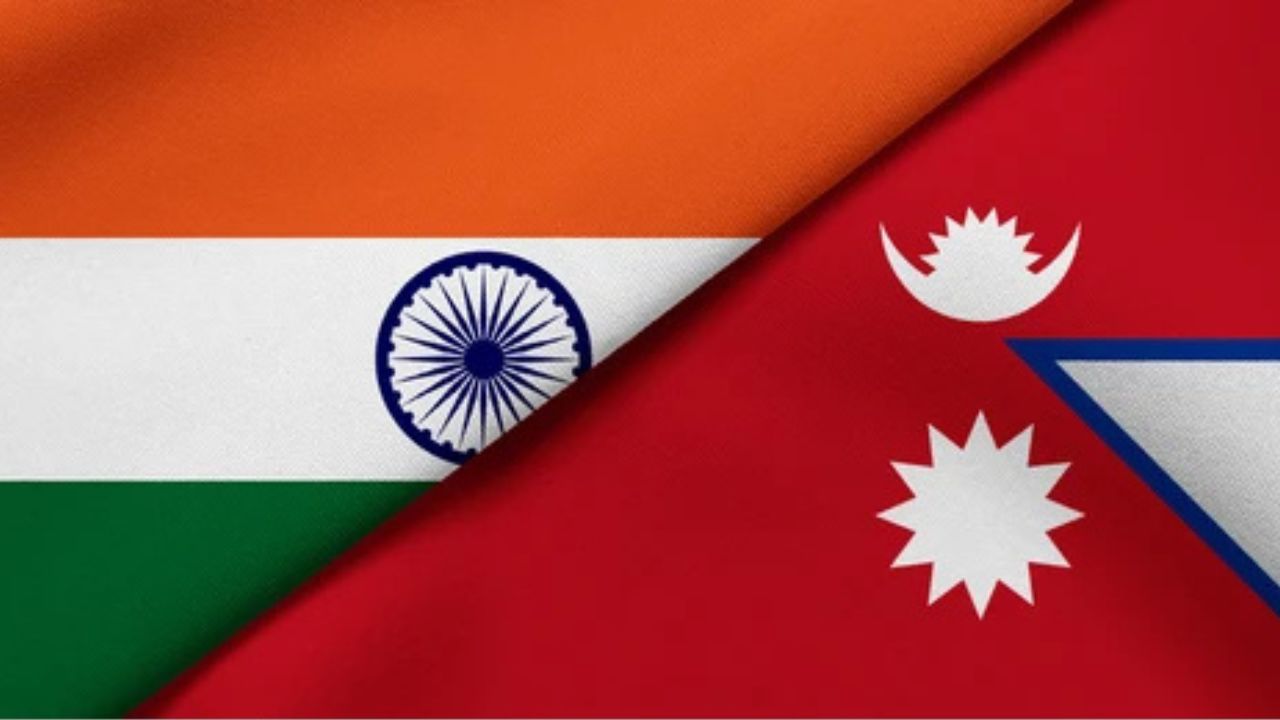 English
English

Nepal is facing the most serious political crisis till date, at such a time Army Chief General Ashok Raj Sigdel has emerged as a prominent face.

Representational Image
New Delhi: The political crisis in Nepal is at its peak, after the resignation of Prime Minister KP Sharma Oli, the army has taken command in its hands. The responsibility of bringing the troubled Nepal on the path of peace is now on the shoulders of the army. General Ashok Raj Sigdel, who is commanding the Nepalese army, has a special relationship with India. And in this period of crisis, the entire responsibility of bringing Nepal back on track is now on his shoulders.
Nepal is facing the most serious political crisis till date, at such a time Army Chief General Ashok Raj Sigdel has emerged as a prominent face. General Sigdel can play an important role in the formation of the new government. If sources are to be believed, during the violent protests of Gen-Z, it was General Sigdel who advised PM KP Sharma Oli to resign, so that loss of life could be prevented.
Talking about India's relations with Nepal Army Chief General Ashok Raj Sigdel, he has done a course in Defense Management from the College of Defense Management, Secunderabad, India. In the year 2024, General Ashok Raj Sigdel was honored with the honorary rank of General of the Indian Army by President Draupadi Murmu, which is a symbol of close military relations between India and Nepal.
The tradition has been going on for 7 decades
Along with the historical relations between India and Nepal, military relations are also very deep. Proof of this is, both the countries honor each other's army chiefs with the honorary title of General in the army. This practice follows a seven-decade-old tradition of conferring honorary titles to the army chiefs of each other's country. Commander-in-Chief General KM Cariappa was the first Indian Army Chief to be honored with this title in 1950.
Last year, President Draupadi Murmu honored Nepali Army Chief General Ashok Raj Sigdel with the honorary rank of General of the Indian Army.
History of Nepalese Army
The decade of 1700 was full of uncertainties all over the world. The rivalry between the states was not limited to this part of the earth. World military powers like Britain, France and Portugal were busy in colonizing different parts. Due to the conflict of their interests, there were wars in different countries. Britain and France were also moving towards South and Southeast Asia. This was also posing a threat to Nepal.
Nepali Army was formed under the leadership of King Prithvi Narayan Shah
The British East India Company had captured a large part of India and was approaching Nepal while moving towards the northeast. During this time Nepal was divided into many princely states. At this time, King Prithvi Narayan Shah of the princely state named Gorkha decided to unify Nepal. He was the creator of modern Nepal. Although Gorkha was small and economically weak, King Prithvi Narayan Shah surprised the world by doing such a challenging task in such difficult circumstances. The unification campaign started in 1740 AD, at a time when the British started occupying Indian provinces.
This was a turning point in the history of the Nepali Army. Since unification was not possible without a strong army, the management of the armed forces had to be exceptional. Apart from the standard army organized in Gorkha, technicians and experts were also brought in from abroad to manufacture war material. After the Gorkhali troops captured Kathmandu (then Nepal), the Gorkhali armed forces came to be known as the Nepali Army.
The Gorkha soldiers astonished the world with their valor
Their valor, honesty and simplicity impressed even the enemy so much that the British East India Company started recruiting Nepalis in its army. The British fought against the Nepali Army, which was till then colloquially known as the "Gorkha Army" or "Gorkhali" Army, so the British started calling their new soldiers "Gorkhas". Hence the 'Gorkha' heritage belongs first and foremost to the Nepali Army.
Even today there are misconceptions among people that the Nepali Army is a part of the British and Indian armies. The Gurkha Rifles present in India and Britain are part of the foreign military organisations where Nepalese are recruited. The Nepal Army, in fact, is the proud national army of sovereign and independent Nepal whose history is unbroken since the year 1744. The fact that Nepal and the Nepalese people have never been under the rule of any colonial power is a significant achievement of the Nepalese Army. King Prithvi Narayan Shah was the founder of the Nepalese Army.
Trident and Dhumru on the flag of the Nepalese Army
The symbol on the flag of the Nepalese Army is associated with Indian traditions. The Trident and Dhumru of Lord Shankar adorn the flag of the Nepalese Army. Since Nepal is associated with Hindu traditions, it is naturally and naturally associated with India.